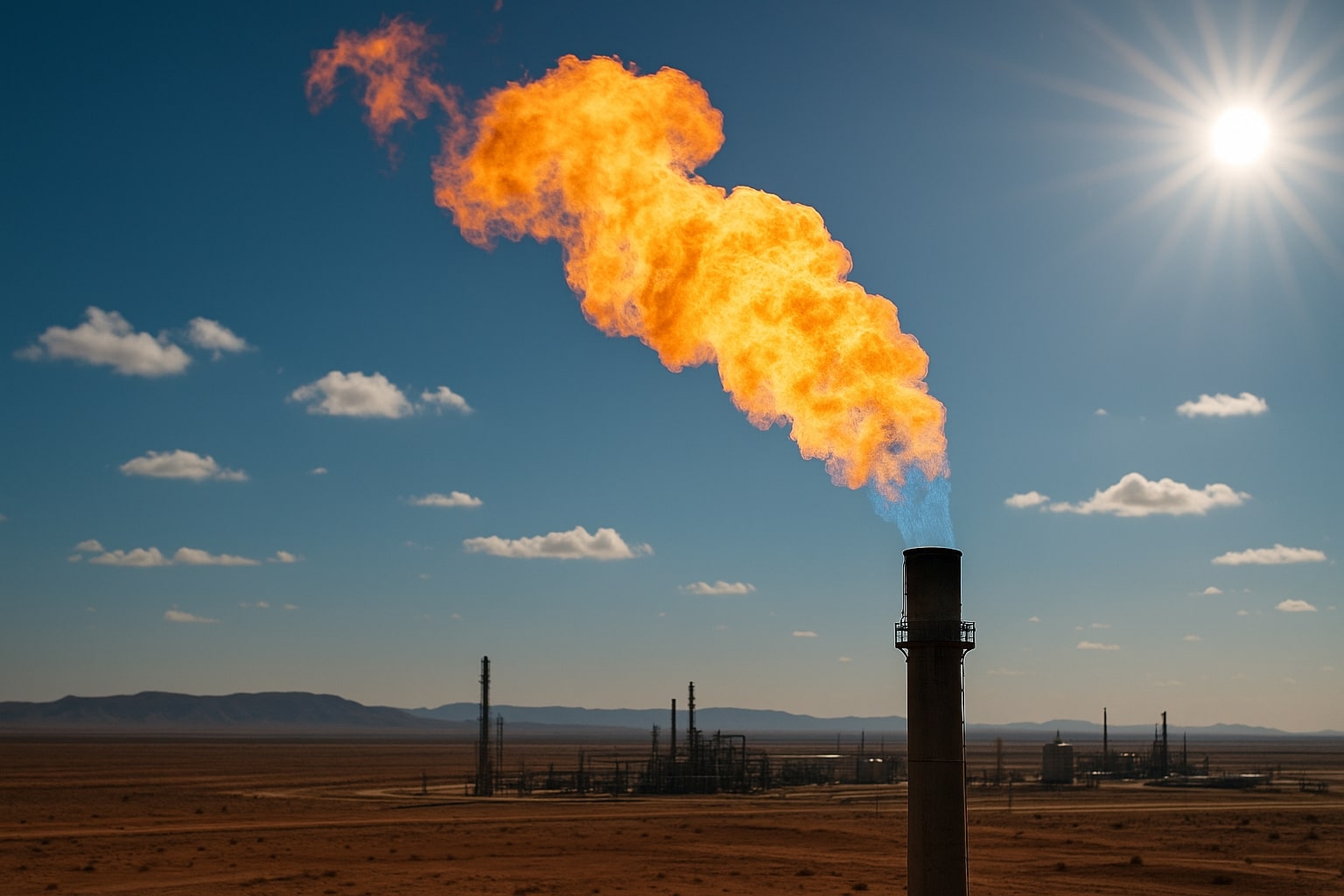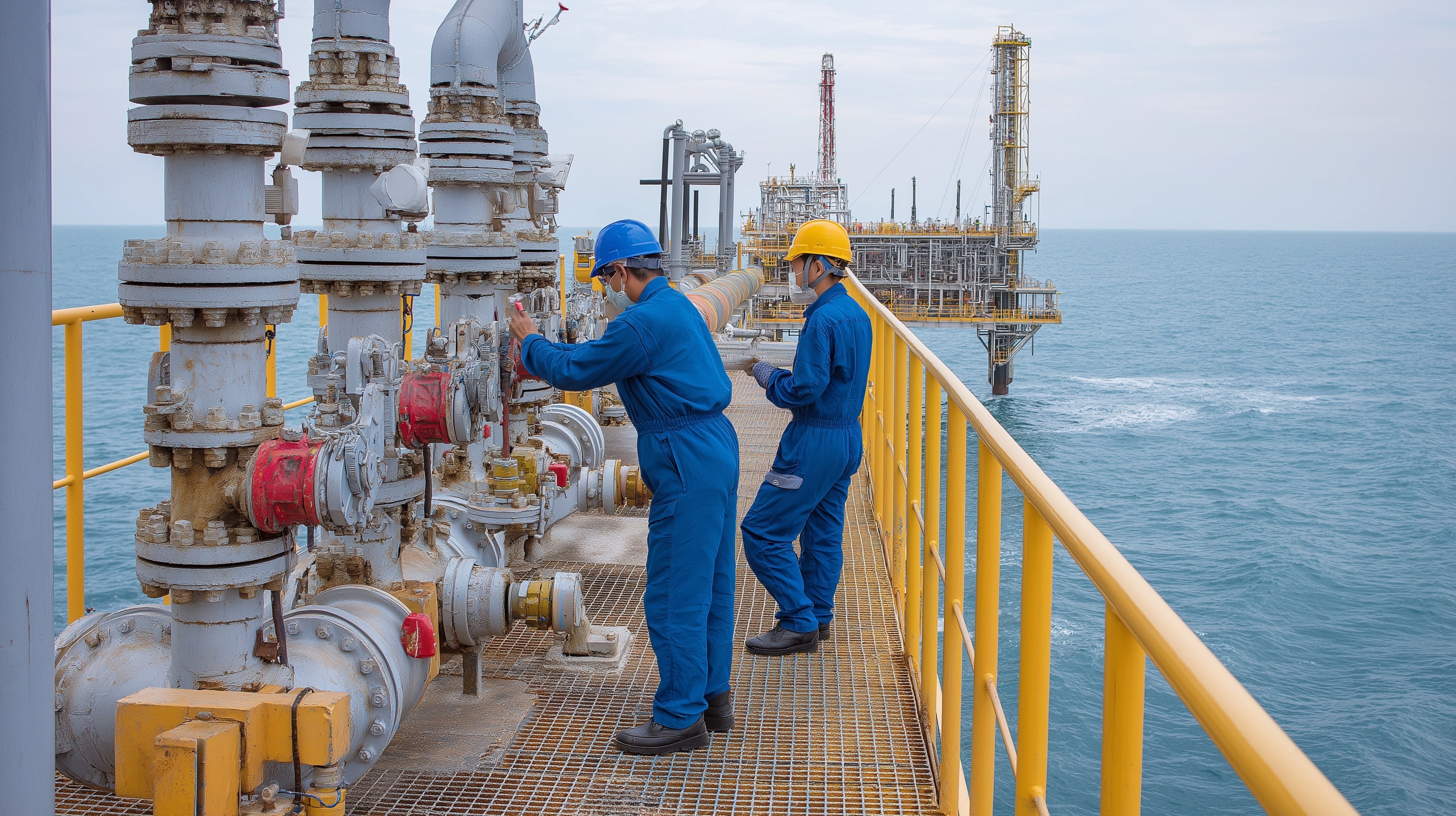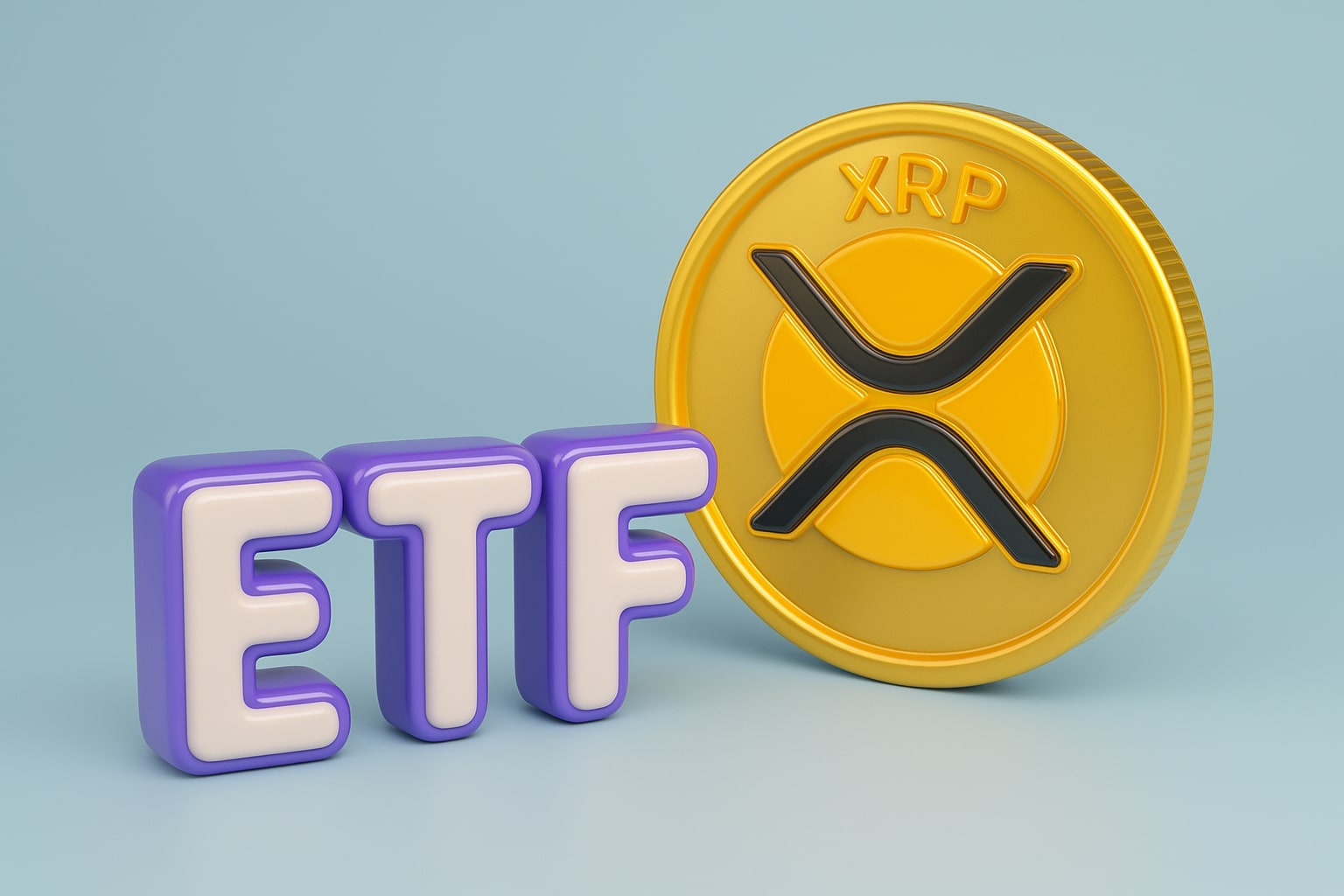
Natural Gas Price Forecast - NG=F Holds $2.85 as EU Storage Hits 81.6% and Options Price €50/MWh Surge
With Henry Hub steady at $2.85 and TTF at €32/MWh, traders hedge for a 60% spike next summer; U.S. winter demand projected at 115.5 Bcf/d, storage at five-year highs, volatility premium building | That's TradingNEWS
Natural Gas (NG=F) Anchored at $2.85 as Market Awaits November Contract Shift
U.S. natural gas futures (NG=F) are trading near $2.852 per MMBtu, posting a 1.64% daily gain, yet the contract remains locked in a tight range as traders prepare to roll into November. Price action has been dominated by noise and compressed volatility, with the chart showing a potential retest of the $2.72 gap that formed in late summer. That level is emerging as a pivotal support zone, while resistance continues to cluster at $3.00–$3.10, reinforced by the 50-day EMA. The broader uptrend line that extends back to February 2024 has not yet been broken, maintaining a fragile bullish structure even as sellers test the lower end of the range.
European Gas Prices Hover at €32 With Heavy Storage Cushion
In Europe, Dutch TTF contracts are steady at about €32 per megawatt-hour ($37.75), underpinned by storage levels at 81.6% of capacity across the bloc. Italy’s inventories lead with 91%, France follows at 90.6%, and Germany lags with 76.4%, highlighting regional disparities but still leaving the EU in a comfortable pre-winter position. Analysts note that last winter was the coldest since the war in Ukraine began, which forced significant withdrawals. If the upcoming season mirrors those conditions, inventories could face renewed stress despite their strong starting point.
Speculation Builds on Options Market for 60% European Price Surge
Traders have begun placing bold bets on a sharp rally. Options priced for April–September 2026 settled near €50/MWh ($59), suggesting expectations of a 60% increase compared to spot pricing. Forward contracts for summer 2026 remain lower at €31/MWh ($36.57), signaling the risk premium is concentrated in the winter period. This divergence reflects the market’s view that storage, weather, and competition with Asia could force Europe into costly bidding wars just as stockpiles need to be refilled.
Policy Risks Mount With EU Ban on Russian LNG Brought Forward
The European Union has accelerated its timeline, advancing the full ban on Russian LNG imports to January 2027, one year earlier than previously scheduled. While pipeline gas through Ukraine has already been halted since January 2025, Russia continues to deliver cargoes via Arctic LNG routes, many destined for China, which has already taken six shipments this month despite sanctions pressure. This leaves Europe more reliant on alternative suppliers, particularly the U.S. and Qatar. Washington has promised to expand LNG output and send additional flows to Europe, with new capacity entering service in the next 24 months.
Asian LNG Demand Remains Quiet But Could Rebound With Winter Cold
Weak demand from Asia this summer has allowed Europe to secure an outsized share of American cargoes, cushioning its balance. However, the possibility of another harsh winter combined with an Asian demand resurgence poses a real risk of diverting flows away from Europe. Freight costs between the Gulf Coast and Asia have already risen, tightening arbitrage windows and reshaping trade routes. Should Asian utilities return aggressively, Europe may be forced to pay premiums well above current forward curves to keep inventories stable.
U.S. Demand and Supply Dynamics Show Record Highs Ahead
In the U.S., the Natural Gas Supply Association (NGSA) expects winter demand to climb to a record 115.5 Bcf/d, up 4 Bcf/d year-over-year. Supply is forecast at 108.5 Bcf/d, while Canadian imports add another 6.9 Bcf/d, leaving the market in balance for now. Storage is entering the season at a five-year high, providing a cushion against early cold spells. However, structural demand is shifting — AI data centers and LNG terminals are creating steady baseload consumption. LNG exports, already absorbing a growing share of daily output, could tighten balances further if global spreads widen during the heating season.
Technical Picture Shows Compression Before Breakout
Chart signals indicate natural gas is coiling for a move. The RSI sits near 40, reflecting weakness but also approaching oversold territory. The MACD histogram has flattened, neither confirming bearish continuation nor a bullish turn. Bollinger Bands have narrowed between $2.72 and $3.00, pointing to an imminent breakout. A decisive close below $2.72 could expose lows last seen in early 2024, while recovery above $3.00–$3.10 would open the path to $3.40, where the 200-day EMA converges. Traders see the November contract roll as the likely trigger for volatility expansion.
Energy Equities and Infrastructure Firms React to Gas Volatility
Movements in NG=F are reverberating across related equities. U.S. LNG exporters such as Cheniere Energy (NYSE:LNG) and Tellurian (NYSE:TELL) are closely tied to forward curves, while European majors like Equinor (NYSE:EQNR) benefit from volatility and arbitrage margins. U.S. midstream names with exposure to Gulf Coast export hubs are also trading with heightened correlation to gas futures. Institutional flows into energy-focused ETFs have increased, suggesting investors are positioning for stronger realized margins in 2026 as export volumes rise.
Verdict — NG=F Is a Hold as Market Trades Between $2.72 and $3.10 With Europe Betting on €50/MWh
At $2.85 per MMBtu, natural gas sits between its strongest support at $2.72 and resistance around $3.10. Europe’s spot market stability at €32/MWh masks deeper risks, as option bets are already pricing a surge toward €50/MWh by next summer. With U.S. storage levels strong, production near records, and policy tightening on Russian LNG, the backdrop suggests stability in the near term but volatility premiums growing into 2026. Given the balance of factors — high supply, record demand projections, and structural shifts from AI and LNG — the call remains Hold, with risks skewed toward upside if winter proves harsher than expected.
That's TradingNEWS
Read More
-
PFFA ETF Nears $21.50 as Rate Cuts and 9.49% Yield Spark Renewed Demand
29.11.2025 · TradingNEWS ArchiveStocks
-
XRPI and XRPR ETFs Ignite Ripple’s Institutional Rally as Inflows Near $1B and XRP Holds $2.20
29.11.2025 · TradingNEWS ArchiveCrypto
-
Natural Gas Price Forecast - NG=F Blasts to $4.85 as Demand Surge Fuel Multi-Month Breakout
29.11.2025 · TradingNEWS ArchiveCommodities
-
USD/JPY Price Forecast - Yen to Dollar Slides to 156.10 as Yen Strengthens on Fed Cut Expectations
29.11.2025 · TradingNEWS ArchiveForex



















